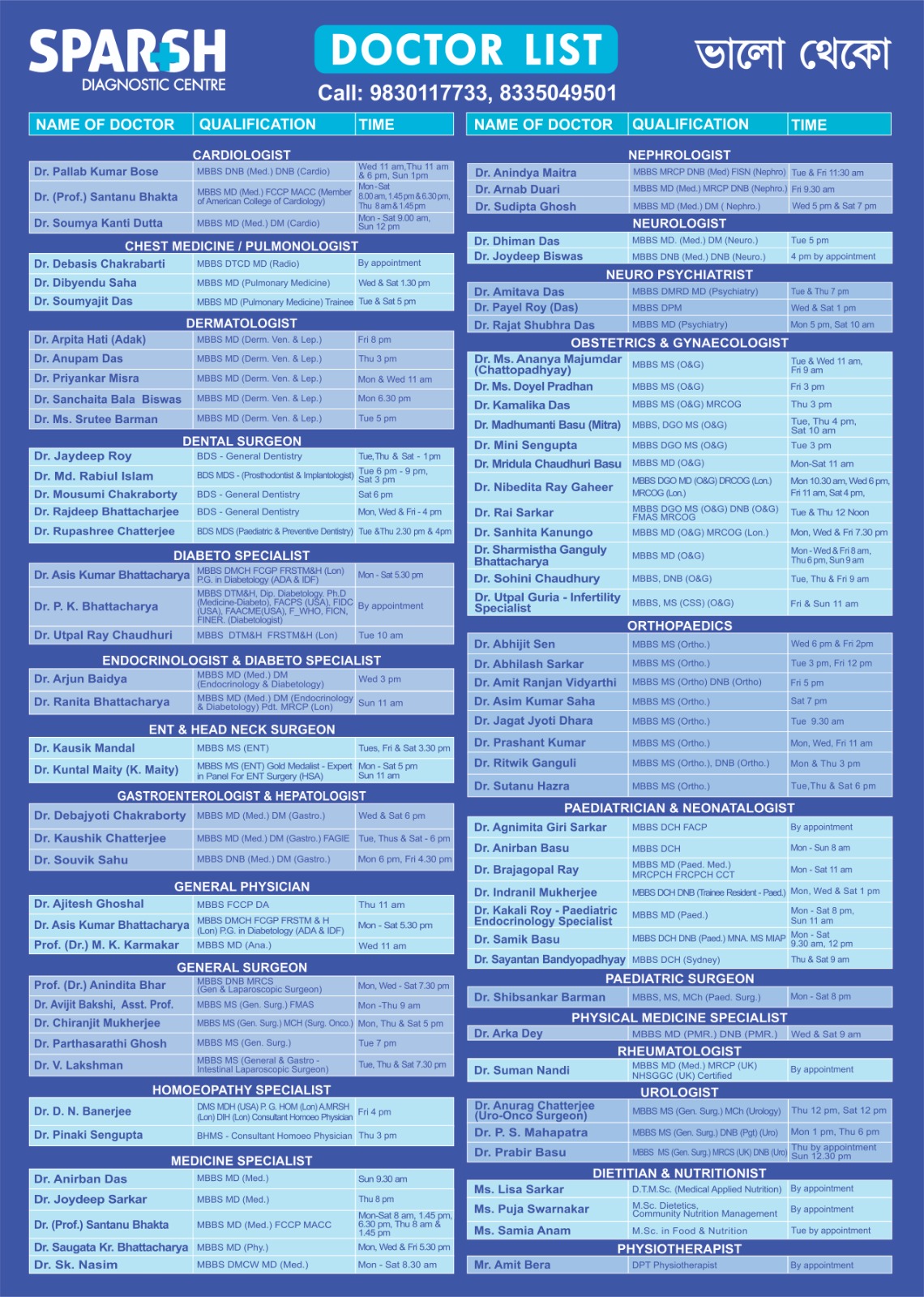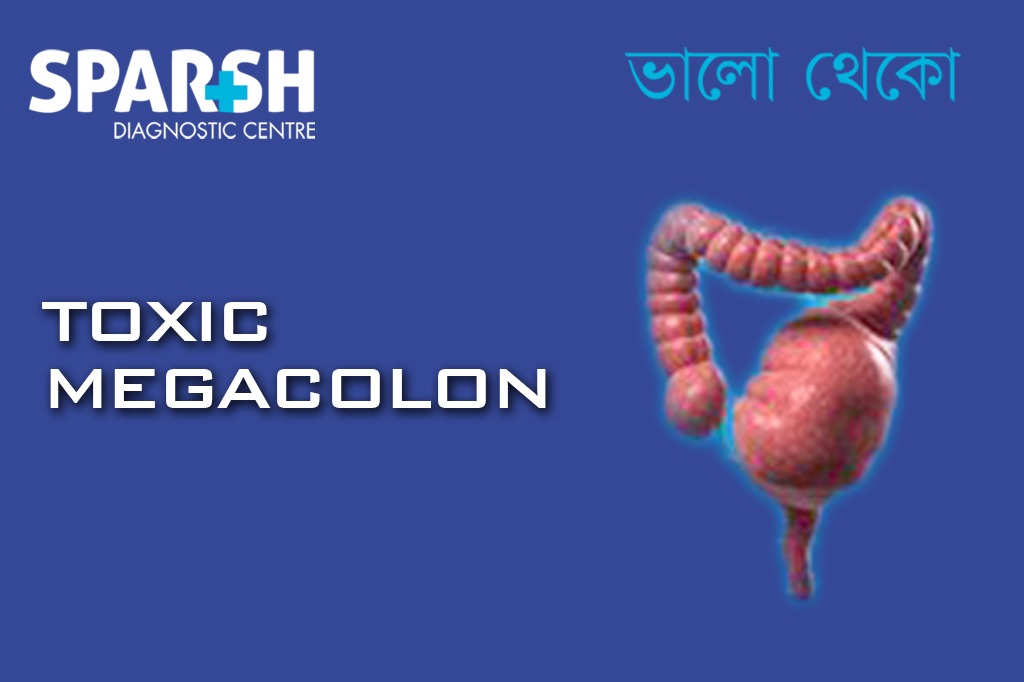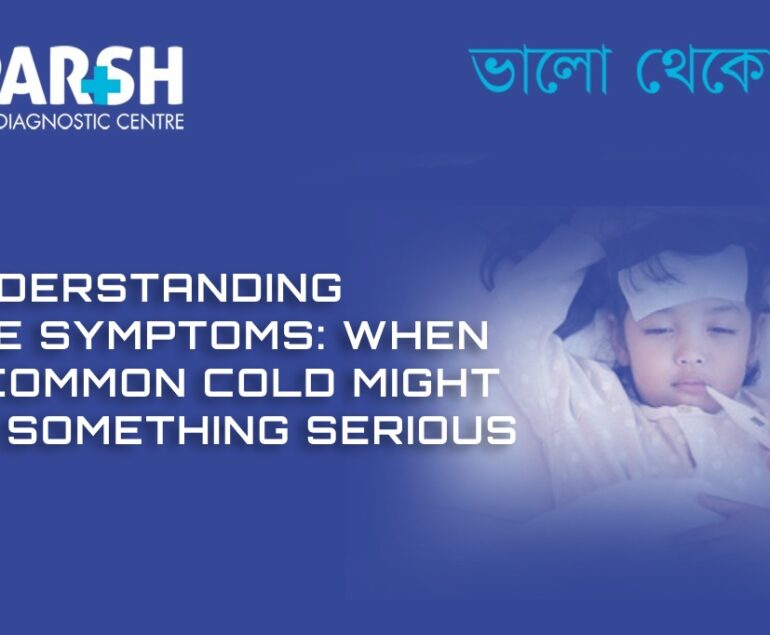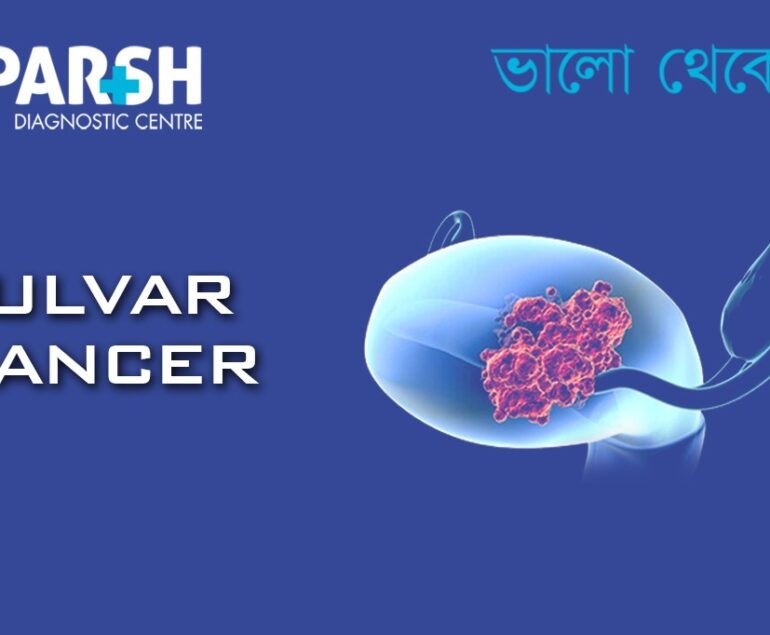Toxic Megacolon is a rare but extremely dangerous complication affecting the large intestine. It occurs when the colon becomes severely inflamed, dilated, and unable to function normally. Without rapid medical intervention, this condition can progress to perforation, sepsis, shock, and even death. Because of its life-threatening nature, early recognition and emergency treatment are absolutely critical.
In this comprehensive guide, we explore the causes, risk factors, clinical presentation, diagnostic process, and treatment strategies for Toxic Megacolon. We also include preventive measures, long-term management, and a helpful FAQ section for quick reference.
What is Toxic Megacolon?
Toxic Megacolon is an acute form of colonic dilation (enlargement) associated with systemic toxicity. It usually develops as a complication of inflammatory or infectious diseases of the colon.
The condition is formally defined when:
The colon dilates more than 6 cm, especially in the transverse colon.
The patient shows signs of systemic toxicity, such as fever, elevated heart rate, dehydration, electrolyte imbalance, or altered mental state.
When the colon becomes paralyzed and inflamed at the same time, trapped gas and stool increase pressure inside the bowel. This can lead to necrosis (tissue death), perforation, and overwhelming infection.

Major causes of Toxic Megacolon
Several underlying conditions can lead to the development of Toxic Megacolon. The image you provided from Sparsh Diagnostic Centre highlights the same. The causes fall into broad categories:
1. Inflammatory Conditions
Chronic inflammatory diseases of the colon significantly increase the risk:
Ulcerative Colitis (most common cause)
Severe flare-ups involving the entire colon can progress to acute dilation.Crohn’s Disease
Though less common than ulcerative colitis, Crohn’s affecting the colon can trigger this complication.Collagenous Colitis
Chronic inflammation of the colon’s connective tissue can, in rare cases, lead to Toxic Megacolon.
These conditions cause persistent inflammation, mucosal damage, and reduced bowel motility—ideal conditions for acute dilation.
2. Infectious Causes
Certain bacteria, viruses, and parasites can cause fulminant colitis leading to Toxic Megacolon.
Clostridium difficile (C. difficile)
One of the leading infectious causes, especially after antibiotic use.Rota Virus
Severe viral enterocolitis, especially in children or immunocompromised patients.Entamoeba histolytica
A parasite causing Amoebic Colitis, which can occasionally lead to severe complications.
These infections trigger rapid inflammation, tissue damage, and toxins that paralyze the colon.
3. Drug-Induced Causes
Certain medications can reduce bowel motility or increase the risk of colitis.
Narcotics (opioids)
They significantly slow colonic movement.Methotrexate
An immunosuppressant that can worsen underlying colitis.Chemotherapy drugs
They damage the gut lining and suppress immunity.Anticholinergics
These reduce bowel motility and can precipitate dilation.
Patients with pre-existing bowel diseases should be monitored carefully when on these medications.
4. Procedural Causes
Medical procedures involving the colon may rarely trigger Toxic Megacolon:
Colonoscopy complications
Particularly if performed during a severe flare of colitis.Barium enema
Can precipitate colonic irritation or obstruction.
These are rare but documented causes, typically linked to inflamed or fragile bowel walls.
5. Vascular Causes
Ischemic Colitis
When blood supply to the colon is reduced, inflammation and necrosis can follow, potentially leading to Toxic Megacolon.
How does Toxic Megacolon develop? (Pathophysiology)
The condition begins with severe inflammation of the colon. This inflammation disrupts the muscular layers and nervous control of the bowel. As a result:
The colon loses its ability to contract.
Gas and stool accumulate inside the colon.
The colon rapidly expands (dilates).
Increased pressure reduces blood flow to the intestinal wall.
Tissue damage worsens → increasing risk of perforation.
Bacteria enter the bloodstream → causing sepsis.
The entire process can occur within hours to days, making early detection vital.
Symptoms of Toxic Megacolon
Symptoms are severe and usually come on suddenly. The most common include:
Gastrointestinal Symptoms
Marked abdominal distention
Profuse or bloody diarrhea (or sudden reduction in bowel movements)
Tenderness over abdomen
Sudden cessation of bowel sounds (paralytic ileus)
Systemic Symptoms
High fever (>38.6°C)
Rapid heart rate (>120 beats/min)
Altered mental status
If untreated, symptoms rapidly progress to:
Perforation
Diagnosis of Toxic Megacolon
A combination of clinical evaluation, imaging, and lab findings is used to confirm the diagnosis.
1. Physical Examination
Distended abdomen
Reduced or absent bowel sounds
Signs of toxicity (fever, tachycardia)
2. Imaging
Abdominal X-ray: The most essential test—shows colon dilation >6 cm.
CT scan: Helps detect complications like perforation.
3. Laboratory Tests
Elevated WBC count
Low albumin
Electrolyte abnormalities
Elevated inflammatory markers (CRP, ESR)
4. Stool Tests
Detect infectious causes, especially C. difficile and Shigella.
Treatment of Toxic Megacolon
Treatment must occur in a hospital setting, often requiring intensive care.
1. Medical Therapy (First Line)
Bowel rest (no oral intake)
IV fluids and electrolytes
Broad-spectrum antibiotics
IV corticosteroids if due to inflammatory bowel disease
Treatment of underlying infection (e.g., vancomycin for C. difficile)
Avoid drugs that reduce bowel motility (opioids, anticholinergics)
2. Monitoring
Continuous vitals monitoring
Abdominal X-ray every 12–24 hours
Strict input/output monitoring
3. Surgical Intervention
Surgery is required if:
No improvement within 24–72 hours
Perforation
Uncontrolled bleeding
Subtotal colectomy with ileostomy is the most common life-saving procedure.
Complications of Toxic Megacolon
If untreated, complications may include:
Colon perforation
Severe bleeding
Septic shock
Death
Even with treatment, recurrence may occur in some inflammatory bowel disease patients.
Preventive measures
Early and regular treatment of inflammatory bowel diseases
Avoid opioids and anticholinergics during active colitis episodes
Prompt treatment of bowel infections
Careful use of colonoscopies or enemas during active inflammation
Regular monitoring during severe colitis flares
Living with high-risk conditions
Patients with ulcerative colitis or Crohn’s disease should:
Follow prescribed medications regularly
Have periodic checkups
Recognize early signs of flare-ups
Avoid self-medication, especially with painkillers that slow bowel motility
Immediate medical attention is essential if abdominal distention, severe pain, or fever develops.
Frequently Asked Questions (FAQ)
1. Is Toxic Megacolon curable?
Yes. With timely medical or surgical intervention, most cases can be successfully treated. However, delays increase the risk of complications.
2. Can Toxic Megacolon happen without symptoms?
No. It is always accompanied by severe abdominal, gastrointestinal, and systemic symptoms.
3. How common is Toxic Megacolon?
It is rare, accounting for a small percentage of inflammatory bowel disease complications, but remains a medical emergency.
4. Is surgery always required?
No. Many patients respond to aggressive medical therapy, especially if diagnosed early. Surgery is reserved for non-responders or complications.
5. Can antibiotics cause Toxic Megacolon?
Certain antibiotics can trigger C. difficile infection, a major cause of Toxic Megacolon.
6. Can children develop Toxic Megacolon?
Yes. It can occur in children, especially from infectious causes like C. difficile or viral enterocolitis.
7. What is the recovery time?
Recovery depends on severity and whether surgery is needed. Medical recovery may take 1–2 weeks, while post-surgical recovery may take several weeks.
To consult a Gastroenterologist at Sparsh Diagnostic Centre for treatment of Toxic Megacolon, call our helpline number 9830117733.
#BhaloTheko
Disclaimer:
No content on this site, regardless of date, should ever be used as a substitute for direct medical advice from your doctor or other qualified clinician.

![]()





